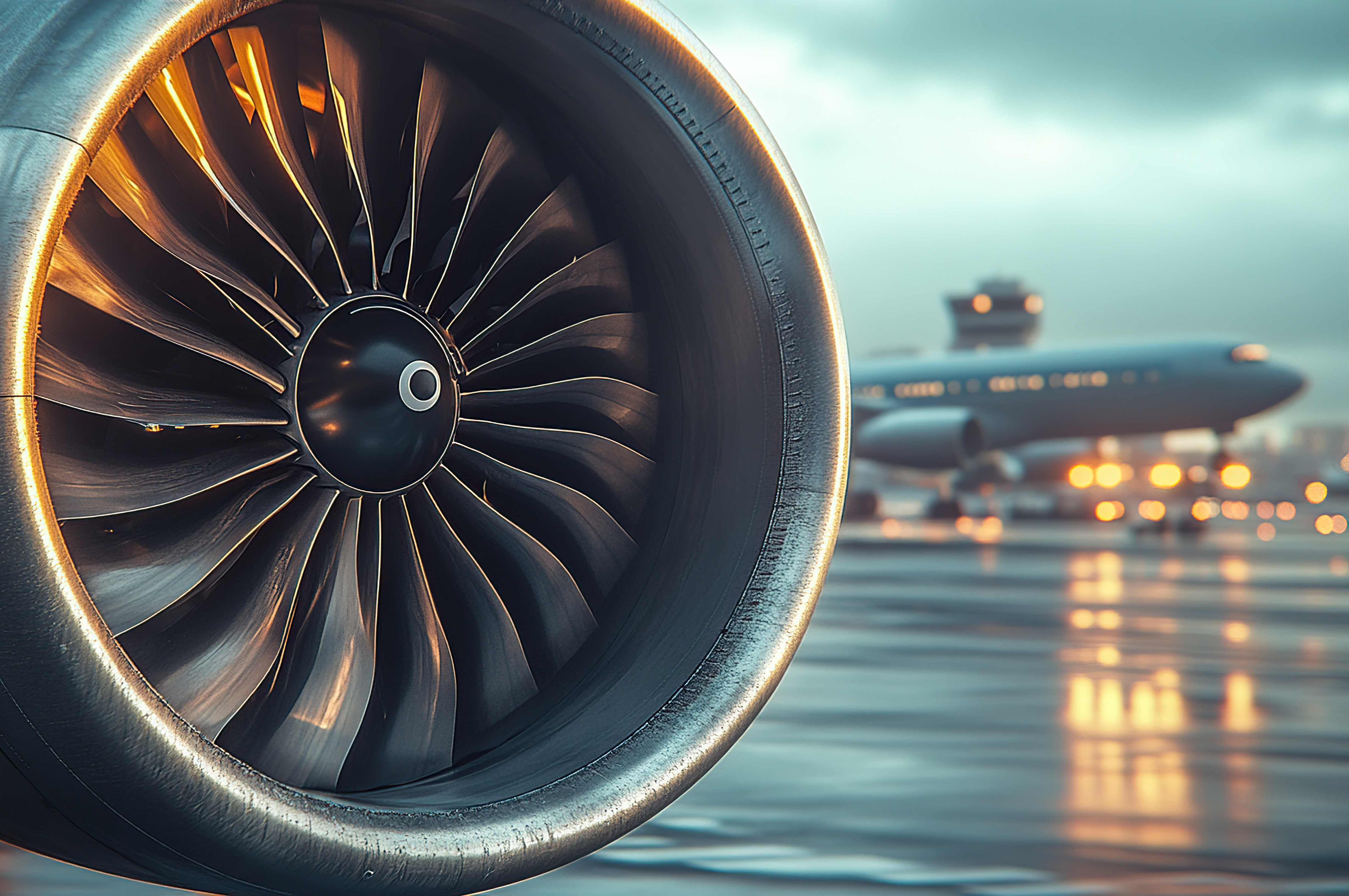Vibrometry, the vibration measurement method for high-precision R&D
If you work in research and development (R&D) in precision engineering or other critical areas, understanding how structures and components behave under various conditions is critical. Whether it’s validating your simulation, identifying design flaws, or optimising performance, vibration analysis is often at the heart of the process. Traditional vibration measurement methods, such as accelerometers, are used extensively, but they have limitations, which is why many R&D professionals are switching to vibrometry.
As industries increasingly demand higher precision and more comprehensive data while achieving faster development cycles, vibrometry is often the answer.
What is vibrometry?
Laser Doppler Vibrometry is based on the Doppler effect. A laser beam is directed at a vibrating surface, and the frequency shift of the reflected light, caused by the motion of the surface, is measured to determine vibration velocity and displacement. This process is entirely non-contact, highly accurate, and capable of capturing vibrations over a wide frequency range.
Working with difficult applications.
In some areas of R&D there is a common misconception that their application is impossible to measure for vibration. Our blog “Is vibrometry the answer to your impossible vibration measurement problem?” goes into detail, but here are just a few examples:
- Small components (e.g., MEMS, microactuators): Physical sensors are too large or heavy, while vibrometers can measure sub-micron resolution on parts just millimetres wide.
- Lightweight and fragile structures (e.g., lightweight gliders): Contact sensors cause two issues: 1) they could damage the part, 2) they cause mass loading, which makes measurements inaccurate.
- Rotating machinery (e.g. gears, shafts, and turbines): with a vibrometer you can analyse the vibration of rotating parts like tyres, gears, shafts, and turbines.
- Extreme environments (e.g., extreme temperature, magnetism, vacuums): Because vibrometry methods work at a distance, even through glass and via mirrors, it can be used in environments that would be too hazardous or would distort readings using contact methods
- Complex geometries: Because the laser beam can be directed at any visible surface, even concave or multi-angled parts can be analysed without repositioning.
Speed and accuracy
R&D engineers are under increasing pressure to do more with less time. Competition requires ever increasing performance and ever faster development cycles. Here are some of the advantages of vibrometry that can help with this:
- High resolution: 3D vibrometry systems can measure thousands of points across a component’s surface, creating a full-field views of its vibration patterns. This leads to a much better understanding of component properties and potential improvements or weaknesses. It is impossible to measure as many points using accelerometers and even measuring 100s of points requires a lot of time positioning and repositioning them.
- Speed of measurement: Speed is of the essence in modern R&D. Vibrometry drastically reduces setup time compared to contact-based sensors. There's no need for cabling, adhesives, or careful alignment of accelerometers. Once a component is placed in front of the vibrometer, a full-field scan can be conducted in minutes. Using 3D vibrometry systems with automation options can speed-up the entire process even further.
Industries that use vibrometry.
Vibrometry is used in a wide range of industries where high-precision R&D is key. Here are some of the main examples:
Automotive development means striving for innovation and continuously increasing efficiency. Lightweight construction, electrification and downsizing are the key factors in the industry. Vibrometry is used to measure the vibration behaviour of doors, dashboards, engines, brakes, and more.
Example use cases:
- Modal testing of body panels
- Brake system analysis
- Powertrain vibration diagnostics
Interior acoustic comfort studies
Aerospace R&D engineers need precise measurement data in order to carry out critical tests to meet the demands of uncompromising safety and reduced fuel consumption. New materials, including composite materials, add further challenges.
Example use cases:
- Modal analysis of wing components
- Blade vibration monitoring in jet engines
- Ground-based testing of satellite assemblies
Electronics and microtechnology
From smartphones to sensor modules, electronics often rely on mechanical motion at micro- or nano-scales. Vibrometry enables the vibration analysis of MEMS devices like microphones, gyroscopes, or pressure sensors. These parts are too small or fragile for contact sensors.
Example use cases:
- MEMS resonator testing
- Wire bonding quality inspection
- Smartphone haptic system analysis
The future of vibrometry in R&D
Just like our customers, Polytec is dedicated to improving our products through R&D, which is why this year we launched the VibroScan QTec line with improved accuracy, speed, frequency range and flexibility. Your R&D needs are always evolving, and we evolve our instrument technology to meet those needs.
Conclusion
Is vibrometry the right vibration technology tool for you? If you work in and R&D environment requiring speed and accuracy, or you work with components that are difficult to measure or are measuring objects in extreme environments, the answer is probably yes.
Contact us to learn more about vibrometry and how it can help you with your R&D vibration challenges.
